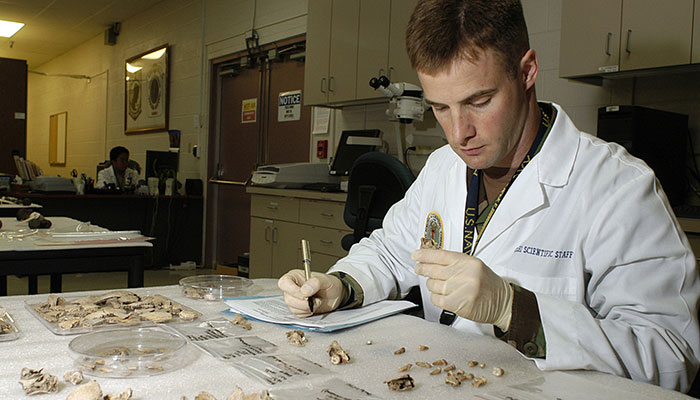A contemporary Christian hymn: Written in 2018 by American worship leader and songwriter Sarah Hébert, a lesser-known figure from the Louisiana bayou country. Inspired by her own battle with terminal cancer and a profound sense of peace while walking remote Gulf Coast beaches, Hébert penned the lyrics as a meditation on surrendering to God’s will even in the face of death.
The imagery of being found “by the ocean, washed ashore” reflects both literal coastal solitude and the biblical metaphor of waves representing God’s mercy. First shared in small house-church gatherings, it spread rapidly through social media and independent worship recordings, resonating with those facing grief or illness.
Verse 1
If you find me by the ocean, washed ashore
Let the tide keep its rhythm, let the salt heal the sore
I have walked my last mile, I have carried my load
Lay me down where the sea meets the mercy of God
Chorus
Let the waves sing me home, let the wind speak my name
I am held by the One who once walked on the same
If you find me by the ocean, don’t weep and don’t moan
Just know I’ve been carried where the broken are whole
Verse 2
If you find me by the ocean, barefoot and still
Leave the shoes I won’t need on the crest of the hill
I have danced with the cancer, I have laughed through the pain
Now I’m dancing with Jesus where the sea has no chain
Chorus
Let the waves sing me home, let the wind speak my name
I am held by the One who once walked on the same
If you find me by the ocean, don’t weep and don’t moan
Just know I’ve been carried where the broken are whole
Bridge
No more night, no more sorrow
Only light on the face of tomorrow
Every tear that I’ve cried has been caught in His hand
And poured back as grace on this wide, healing sand
Final Chorus (soft, then building)
Let the waves sing me home, let the wind speak my name
I am held by the One who once walked on the same
If you find me by the ocean, smile soft and go on
I am safe in the arms of the Risen One
I am home.






















